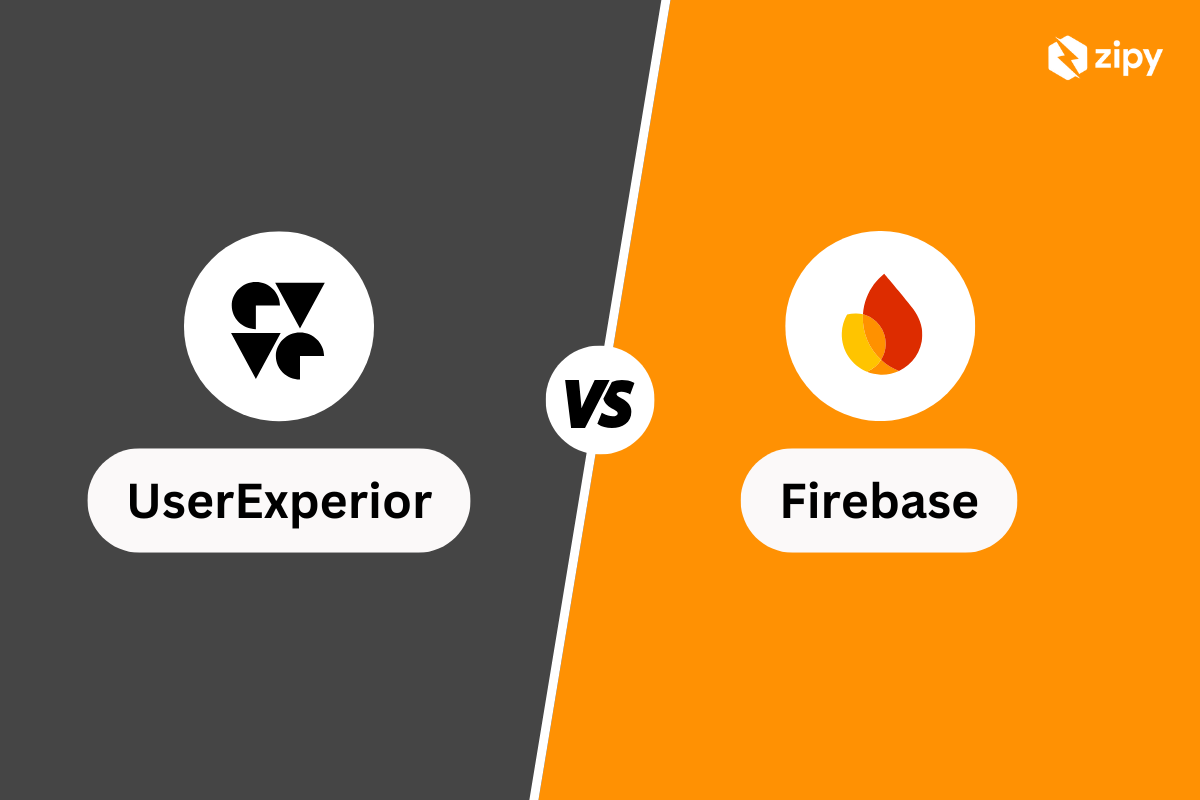Introduction
Vue.js is a progressive JavaScript framework used by developers worldwide to build interactive web interfaces. Among its features, the v-for directive stands out for its ability to render a list of items directly in the DOM. However, even experienced JavaScript developers can encounter v-for errors that can be tricky to debug. This article aims to shed light on common v-for errors in Vue.js, offering solutions and best practices to enhance your coding efficiency.
Catch errors proactively with Zipy. Sign up for free!
Try Zipy now
Understanding v-for Errors in Vue.js
The v-for directive is powerful, yet it can be a source of bugs if not used correctly. Understanding the root causes of v-for errors is crucial for debugging and ensuring your Vue.js applications run smoothly.
Scenario 1
Error code
<template>
<div>
<ul>
<li v-for="item in items">{{ item.name }}</li>
</ul>
</div>
</template>
<script>
export default {
data() {
return {
items: null,
};
},
};
</script>
Corrected code
<template>
<div>
<ul>
<li v-for="item in items" :key="item.id">{{ item.name }}</li> <!-- Added :key to ensure uniqueness -->
</ul>
</div>
</template>
<script>
export default {
data() {
return {
items: [], // Initialized items as an array
};
},
};
</script>
Solution Summary
This scenario demonstrates the importance of initializing your list with a correct data structure and using the :key attribute to maintain element uniqueness, which is crucial for Vue's rendering system to track item identity during updates.
Scenario 2
Error code
<template>
<div>
<ul>
<li v-for="i in 10">{{ i }}</li>
</ul>
</div>
</template>
Corrected code
<template>
<div>
<ul>
<li v-for="i in 10" :key="`number-${i}`">{{ i }}</li> <!-- Added :key to ensure uniqueness -->
</ul>
</div>
</template>
Solution Summary
This example illustrates the necessity of a :key attribute when using v-for with a range. The key ensures that each element is unique, aiding Vue in efficiently updating and re-rendering the list.
Scenario 3
Error code
<template>
<div v-for="item in items">
{{ item.name }}
</div>
</template>
<script>
export default {
data() {
return {
items: [{ name: 'Item 1' }, { name: 'Item 2' }],
};
},
};
</script>
Corrected code
<template>
<div v-for="item in items" :key="item.name"> <!-- Correct use of :key for each item -->
{{ item.name }}
</div>
</template>
Solution Summary
In this scenario, the correction involves adding a :key attribute directly in the template's v-for directive to ensure that each DOM element has a unique identifier, which is essential for Vue's reactivity and rendering performance.
Handling v-for Errors in Vue.js
Correctly handling v-for errors involves understanding the nuances of Vue.js's reactivity system and ensuring data structures are properly initialized and utilized. Always use the :key attribute with v-for to help Vue track each node's identity, and avoid mutating arrays directly; use Vue's array update methods instead.
Proactive Error Debugging with Zipy
To further streamline your debugging process, consider using tools like Zipy for proactive error monitoring and user session replay capabilities. Zipy can significantly enhance your ability to quickly identify and resolve runtime Vue.js errors, making it an invaluable asset in your development toolkit.
Debug and fix code errors with Zipy Error Monitoring.
Sign up for free
Conclusion
Vue.js's v-for directive is a powerful feature for rendering lists and arrays. By understanding common errors and their solutions, developers can avoid pitfalls and ensure their applications are robust and efficient.
Resources on how to debug and fix Vue.js errors
- Decoding 14 Vue.js errors: A Vue.js debugging guide
- Vue.js Error Monitoring, Session Tracking & Reporting Software
- How to handle Vue.js Syntax Errors?
- How to handle Vue.js Reference Errors?
- How to handle Vue.js Type Errors?
- How to handle Vue.js Lifecycle Hook Errors?
- How to handle Vue.js Template Compilation Errors?
- How to handle Vue.js Custom Directive Errors?
- How to handle Vue.js v-model Errors?
- How to handle Vue.js v-if/v-else Errors?
- How to handle Vue.js Component Registration Errors?
- How to handle Vue.js Event Handling Errors?
- How to handle Vue.js Vue Router Errors?
- How to handle Vue.js Vuex Errors?
- How to handle Vue.js Async Operation Errors?
Frequently Asked Questions
Why do I need to use the:key attribute withv-for?
The :key attribute helps Vue track each element's uniqueness, crucial for optimizing rendering and reactivity when the list changes.
Can I use objects and arrays withv-for?
Yes, Vue.js allows you to iterate over both objects and arrays with v-for. Ensure each item has a unique key when rendering lists.
How can I avoidv-for errors in Vue.js?
Ensure data structures are correctly initialized, use :key with v-for, and avoid direct mutation of arrays to maintain reactivity.
What tools can help debugv-for errors in Vue.js?
Tools like Zipy offer proactive error monitoring and session replay, aiding in the quick identification and resolution of runtime errors.
How doesv-for work with components?
When using v-for with components, pass a unique :key and props for each item to ensure optimal performance and reactivity.
Key Takeaways
- Always initialize data structures correctly and use
:keywithv-forfor efficient updates. - Understanding Vue.js's reactivity system is crucial for debugging
v-forerrors. - Tools like Zipy can enhance your debugging capabilities with error monitoring and session replay.
- Properly handling
v-forerrors ensures your Vue.js applications are robust and performant.
This structured approach provides a comprehensive overview of handling v-for errors in Vue.js, blending technical solutions with practical advice to serve as an educational resource for developers at all levels.
.svg)





.png)
.png)




.webp)